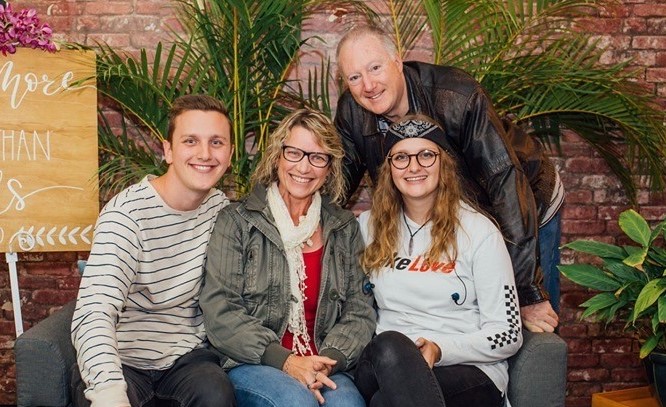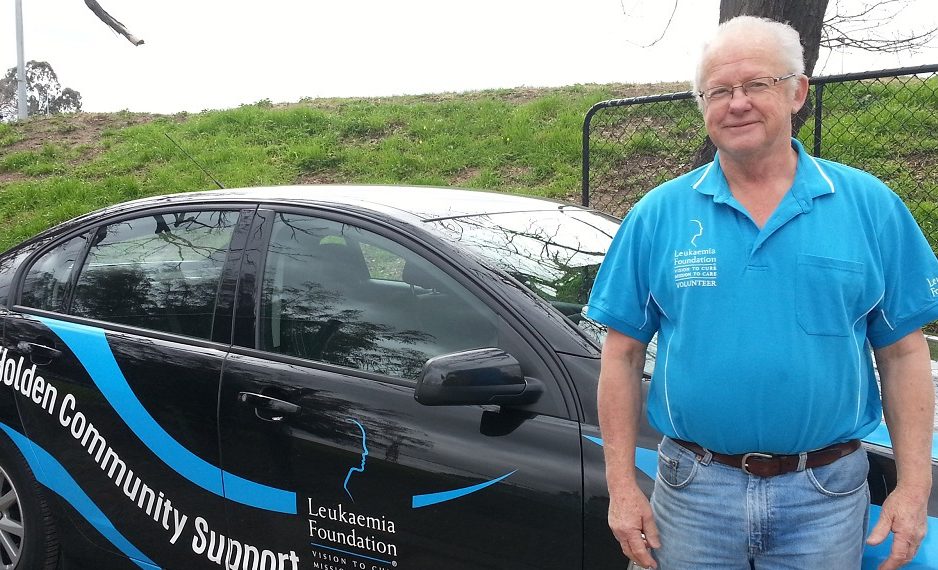CML usually develops gradually during the early stages of disease, and progresses slowly over weeks or months. It has three phases:
- chronic phase
- accelerated phase
- blast phase.
Some people may benefit from having a Medicare-funded Chronic Disease Management (CDM) plan early in their treatment, prepared by a GP, that helps identify and address their specific needs.
Chronic phase
Most people (more than 90%) are diagnosed in the early chronic phase of CML. Blood counts remain relatively stable and the proportion of blast cells in the bone marrow and blood is low (five per cent or less). Most people are generally well at this stage and have few, if any, troubling symptoms of their disease.
For a majority of patients receiving current treatment, an excellent response is achieved. This is termed a Major Molecular Response (MMR).
Accelerated phase
In about 5% of patients, CML progresses from a relatively stable disease into a more rapidly progressing one. This is known as the accelerated phase of CML. During this time a proportion of blast cells may start to increase in your bone marrow and circulating blood.
During the accelerated phase of disease your treatment team will look at changing to a more effective treatment option.
If untreated, accelerated phase CML will eventually transform to blast phase CML.
If untreated, chronic phase CML will eventually progress to accelerated and/or blast phase.
Blast phase
Overall for patients with CML, there is generally a less than 5% risk it will transform into a rapidly progressing disease resembling acute leukaemia. This risk is less than 1% in those who have an excellent response to current drug therapy. This is known as the blast phase or blast crisis.
It is characterised by a dramatic increase in the number of blast cells in the bone marrow and blood (usually 30% or more) and by the development of more severe symptoms of your disease.
In blast crisis about two-thirds of cases, CML transforms into a disease resembling acute myeloid leukaemia (AML). The remainder transforms into a disease resembling acute lymphoblastic leukaemia (ALL). Occasionally, the blast cells are said to be undifferentiated or mixed.
We know that CML is not inherited (passed down from one generation to the next) or contagious. Like other types of leukaemia, CML is thought to arise from an acquired mutation (or change) in one or more of the genes that normally control the growth and development of blood cells. This change or changes will result in abnormal growth.
Most people diagnosed with CML have a genetic abnormality in their blood cells called the Philadelphia (Ph) chromosome. The Ph-chromosome causes the production of an enzyme called tyrosine kinase which leads to CML. Why these mutations occur in the first place remains unknown but there are likely to be a number of factors involved. Research is going on all the time into possible causes of this damage and certain factors have been identified that may put some people at an increased risk. These include exposure to:
- radiation — very high doses of radiation, either accidentally (nuclear accident) or therapeutically (to treat other cancers)
- chemicals — exposure to industrial chemicals like benzene over a long period of time, or exposure to certain types of chemotherapy to treat other cancers.
Because CML develops slowly many people don’t have any symptoms (particularly in the early stages) and the disease is picked up on a routine blood test.
As the disease progresses, symptoms arise from the increasing number of abnormal blood cells in the bone marrow and blood, and the decreasing number of normal blood cells. Possible symptoms may include:
- anaemia, due to a lack of red cells and causing persistent tiredness, dizziness, paleness, or shortness of breath when physically active
- increased or unexplained bleeding or bruising, due to a very low platelet count
- frequent or repeated infections and slow healing, due to a lack of normal white blood cells
- pain or discomfort under the ribs on the left side, due to an enlarged spleen
- excessive sweating or unintentional weight loss.
Some of the symptoms described above may also be seen in other illnesses, including viral infections. Therefore, most people with these symptoms don’t have leukaemia. However, it is important to see your doctor if you have any unusual symptoms, or symptoms that persist much longer than expected so that you can be examined investigated properly.


